Marula Tree
- November 14, 2024
- 0 comment
The Marula Tree, scientifically known as Sclerocarya birrea, is a unique and significant tree found across the African savannas.
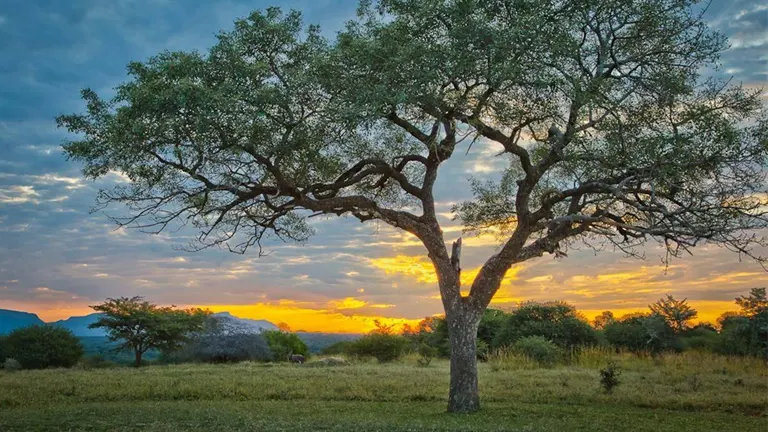
Revered for its ecological, cultural, and economic importance, the Marula Tree plays a vital role in supporting biodiversity, maintaining soil health, and providing resources for both wildlife and humans.
Its durable nature and diverse uses have cemented its place as an important species in Africa’s ecological landscape.
What Is a Marula Tree?
The Marula Tree, Sclerocarya birrea, belongs to the family Anacardiaceae, which includes other well-known trees like cashews and mangoes. Typically, it is a medium-sized tree with a spreading crown that can reach up to 18 meters in height. The tree has compound leaves with a distinctive fragrance and small, greenish-yellow flowers that bloom in spring. Its bark is grayish-brown and becomes rougher with age, peeling in places to reveal a smooth underlayer.
| Characteristic | Description |
|---|---|
| Scientific Name | Sclerocarya birrea |
| Common Names | Marula Tree, Elephant Tree |
| Location | Sub-Saharan Africa, mainly in savannas and woodlands |
| Size | Typically 10–18 meters tall |
| Growth Pattern | Single-trunked tree with a wide, spreading crown |
| Lifespan | Often over 100 years |
| Notable Feature | Produces vitamin-rich fruit that supports diverse wildlife |
| Habitat | Thrives in sandy, well-drained soils; found in arid and semi-arid regions |
| Ecological Importance | Prevents soil erosion, improves soil health, and supports local biodiversity |
| Conservation Status | Stable but susceptible to climate change and overharvesting |
| Symbolism | Represents abundance, strength, and resilience in African culture |
| Conservation Efforts | Included in conservation and reforestation projects for biodiversity support |
One of the fascinating aspects of the Marula Tree is its nutrient-rich fruit, which is a favorite food source for various animals. Known as the “Elephant Tree,” it draws elephants to its fruit, which they consume in large quantities. This fruit, high in Vitamin C, can also ferment naturally, creating a mildly intoxicating effect that has contributed to local legends of animals becoming “drunk” from Marula fruit.
Two Different Types of Marula Tree Species
The Marula Tree species, Sclerocarya birrea, is generally classified into three subspecies, each with slight variations that adapt them to different environmental conditions.
Sclerocarya Birrea subsp. Caffra
Found in wetter regions with higher rainfall, such as parts of eastern and southern Africa.
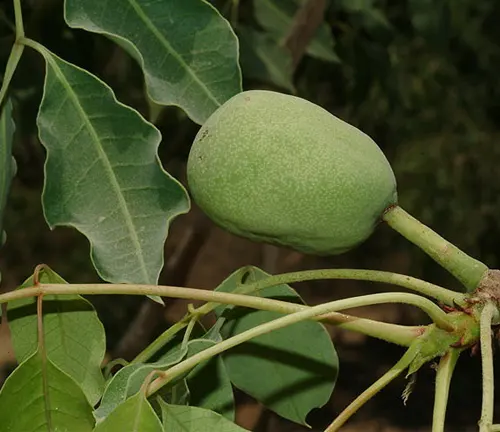
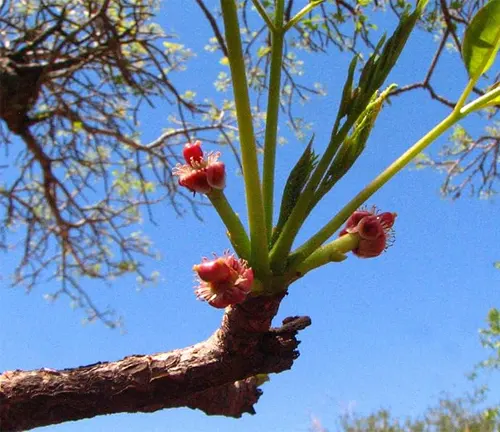
Sclerocarya Birrea Subsp. Multifoliolata
Commonly grows in the more tropical regions of West Africa and is known for having more leaflets per compound leaf.
Despite these subspecies’ minor physical differences, all Marula Trees play an essential role in their respective ecosystems by providing shelter, food, and habitat for a variety of wildlife.
Where Do Marula Trees Grow?
The Marula Tree is predominantly found in sub-Saharan Africa, thriving in savannas, woodlands, and bushveld regions. It grows well in tropical and subtropical climates and tolerates arid conditions remarkably well. Adapted to a wide range of soil types, including sandy and clay soils, the Marula Tree is often found in areas where water is limited, showcasing its resilience in challenging environments.
In these ecosystems, Marula Trees are crucial for maintaining soil health and preventing erosion due to their extensive root systems, which anchor the soil. They also create microhabitats, which help smaller plants and animals thrive even in harsh conditions.
How to Grow and Care for Marula Tree
Growing a Marula Tree requires warm climates, similar to its native African habitat, but it can adapt to subtropical and Mediterranean climates as well.
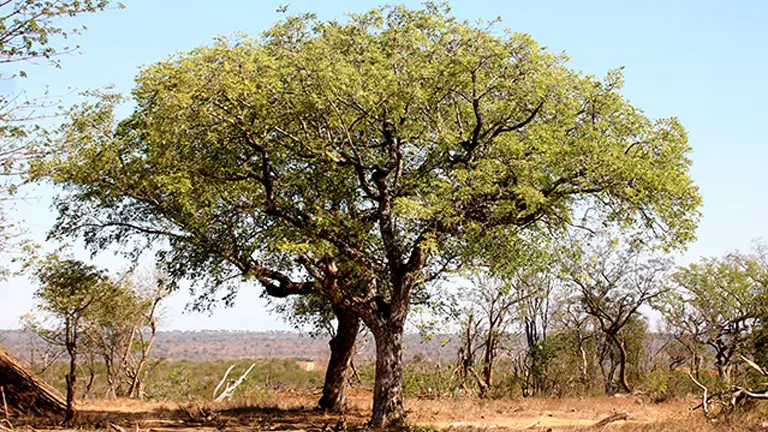
- Soil: Marula Trees prefer well-drained, sandy, or loamy soils. They thrive in slightly acidic to neutral pH levels.
- Watering: Young Marula Trees require regular watering until established. Mature trees, however, are quite drought-tolerant and require minimal watering, making them ideal for areas with limited rainfall.
- Sunlight: These trees require full sun for optimal growth and fruit production.
- Propagation: Marula Trees can be propagated from seeds or cuttings, though seeds are more common. It is recommended to soak the seeds in warm water for 24 hours before planting to increase germination chances.
- Maintenance: Marula Trees are generally low-maintenance but benefit from occasional pruning to remove dead branches. Pests are rarely a problem, though some attention may be needed to prevent fungal diseases.
Ecological Benefits of Marula Tree
The Marula Tree is known for its many ecological benefits:
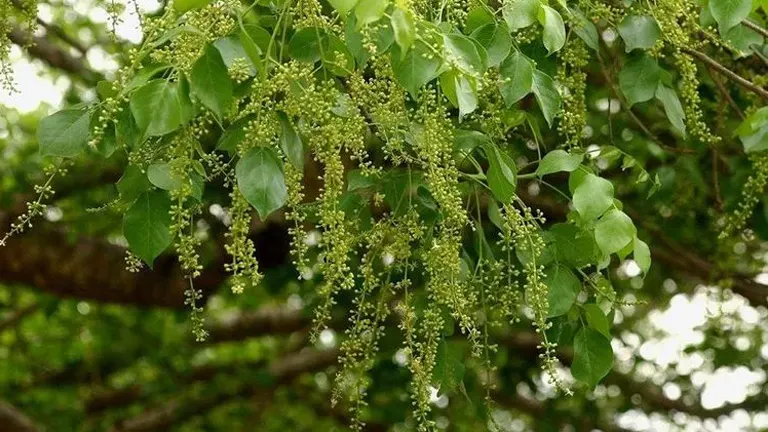
- Soil Health: It enriches the soil with organic matter as fallen leaves and fruit decompose, enhancing soil fertility.
- Erosion Control: The deep root system of Marula Trees anchors soil and prevents erosion, a crucial service in areas with sparse vegetation.
- Biodiversity: By providing fruit, leaves, and shelter, the Marula Tree supports a variety of animal species, including elephants, baboons, and various birds.
Marula Tree Flowering and Pollination
The Marula Tree typically flowers in late spring or early summer. Its flowers are small, with male and female blooms growing on separate trees, which means cross-pollination is necessary for fruit production. The blossoms, creamy-white with a subtle fragrance, attract pollinators like bees and butterflies, which play a crucial role in the reproductive cycle of the tree. This interaction not only supports the tree’s survival but also benefits local agriculture by maintaining pollinator populations.
Is Marula Tree Drought-Tolerant?
One of the key characteristics of the Marula Tree is its drought tolerance. Thanks to its deep root system, the Marula can access underground water reserves, allowing it to survive prolonged dry periods. This adaptability makes it an excellent tree for regions with inconsistent rainfall, as it can endure both arid and semi-arid conditions with minimal stress.
In water-scarce environments, this drought tolerance enables the Marula Tree to act as a “keystone” species, sustaining other life forms during droughts by providing shade, shelter, and a consistent source of food.
Marula Tree and Wildlife Interactions
The Marula Tree is an integral part of African wildlife ecosystems. Its nutritious fruit attracts elephants, giraffes, baboons, and birds, all of which play a role in seed dispersal. Elephants, in particular, are known to eat large quantities of Marula fruit, aiding in the tree’s propagation by transporting seeds across vast distances. Smaller mammals and birds also benefit from the tree, consuming its fruit, leaves, and bark while seeking refuge in its branches.
The tree’s symbiotic relationships extend to insects as well. Certain species of ants and beetles are attracted to the Marula, where they contribute to pest control by feeding on other insects that might harm the tree.
Final Conclusions
In conclusion, the Marula Tree (Sclerocarya birrea) is not only an ecological powerhouse in its native regions but also an enduring symbol of resilience and resourcefulness. Its adaptability, ecological contributions, and cultural significance highlight why the Marula Tree deserves conservation and appreciation. By stabilizing soil, supporting biodiversity, and offering food and habitat, the Marula Tree sustains life in harsh environments and provides valuable resources for people and wildlife alike.
Frequently Asked Questions (FAQs)
- What is the Marula Tree?
The Marula Tree is a medium-sized tree native to Africa, known for its ecological importance, durable wood, and vitamin-rich fruit, which benefits both wildlife and humans. - Where does the Marula Tree grow naturally
Marula Trees grow across the African savannas and woodlands, thriving in tropical, subtropical, and arid environments. - How is the Marula Tree important for local wildlife
The Marula Tree provides food, shade, and shelter for various animals, including elephants, baboons, and birds. It also supports pollinators like bees and butterflies. - What are the benefits of the Marula Tree for the environment
The tree stabilizes soil, prevents erosion, enriches soil health, and helps maintain biodiversity by supporting a variety of plant and animal species. - Is the Marula Tree drought-tolerant
Yes, the Marula Tree is highly drought-tolerant due to its deep roots, which allow it to survive in dry and semi-arid regions. - How does the Marula Tree reproduce
The tree has male and female flowers, relying on cross-pollination by insects like bees. Its fruit also aids in seed dispersal as animals consume it and spread the seeds. - Can Marula Trees be grown outside of Africa
Yes, Marula Trees can be grown in warm, subtropical climates with well-drained soil and full sunlight, though they may need care to thrive outside their native habitat. - Why is the Marula Tree culturally significant
The Marula Tree is valued in African culture for its fruit, which is used in traditional foods, beverages, and skincare products, and is linked to various cultural practices.
We hope this guide highlights the Marula Tree’s ecological and cultural value. Have experiences with Marula Trees or ideas on their conservation? Share below to help others appreciate their role in ecosystems and communities. Don’t forget to share this guide with those passionate about preserving biodiversity and natural resources for a sustainable future.


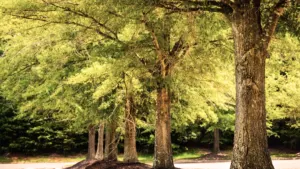

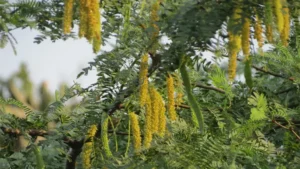
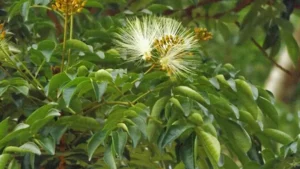
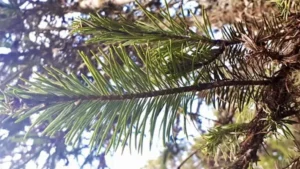
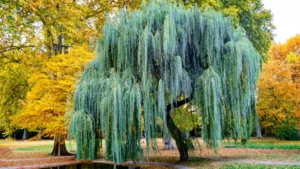
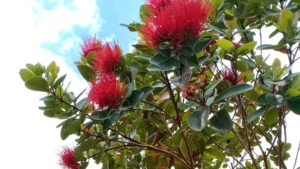
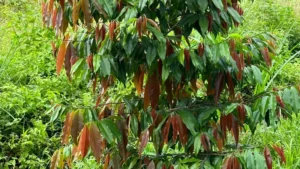
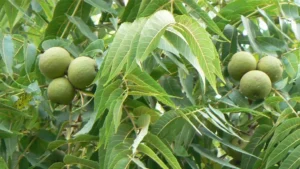
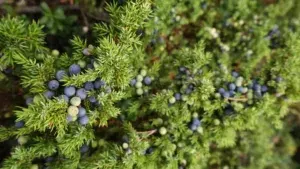
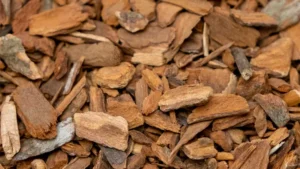
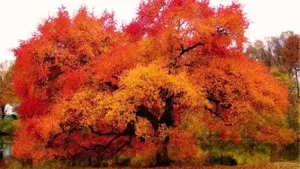
Leave your comment